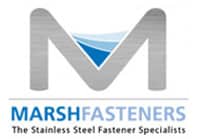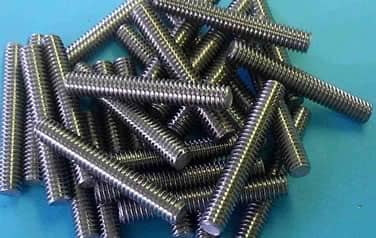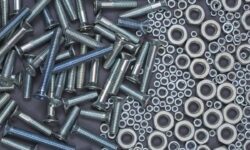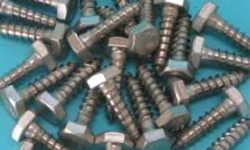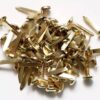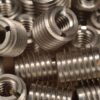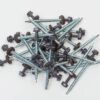Last Updated on October 12, 2022 by Marsh Fasteners
Choosing between fully threaded bolts and partially threaded bolts is a little more complicated than simply choosing a bolt that’s the right size for the hole you are working with. The type of bolt you choose needs to suit the application of purpose of the fastener and therefore it’s important to know the difference between the two types.
The Difference Between Fully Threaded Bolts & Partially Threaded Bolts
Fully threaded bolts have threads that run the entire length of the bolt whereas partially threaded bolts have an unthreaded area just beneath the head and then has partial threading the rest of the bolt length. The part that is not threaded is known as the grip length. For the most part, fully threaded bolts are used in the automotive industry where the vehicle’s frame is designed with holes specifically for these bolt types. The mounting pressure of the vehicle’s panels is evenly distributed across the entire length of the bolt, due to the full threading. On the other hand, partially threaded bolts are used with washers and nuts and are designed typically for use in bolt-through applications. In applications where shear strength is more important than grip strength, the partially threaded bolt is the correct choice. These applications include the likes of water pumps, alternators and motor mounts.
It’s important to choose the right type and size of bolt to suit the application you are working with. In many instances, if you aren’t sure which is best suited, consult with your fastener supplier who can advise you expertly.
Need some assistance choosing between fully threaded bolts and partially threaded bolts? Simply contact us via email or telephone and one of our friendly fastener experts will happily assist and advise you.
